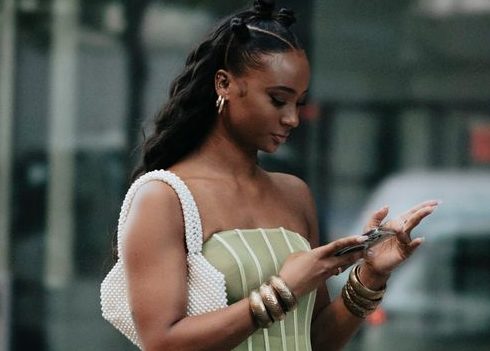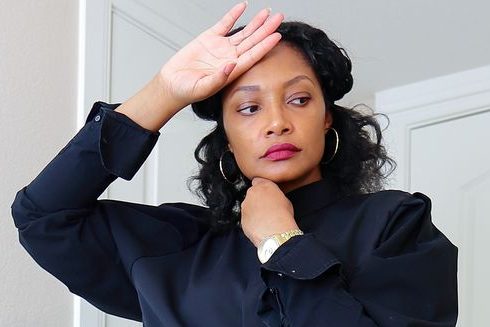Fashion Archaeology: Rediscovering The Magnificence Of Forgotten African Fashion Trends
In the immense tapestry of human history, so many chapters remain hidden, whispered in echoes of forgotten tales. Even with that, the sands of time have a peculiar way of unearthing the extraordinary in fashion. Together, let’s step into fashion archaeology, where the treasures of forgotten African fashion trends lie patiently, waiting to be rediscovered.
In the bustling markets and richly coloured landscapes of Africa, a legacy of style and elegance emerges, spanning several cultural heritage that has existed for centuries. From the vibrant markets of Timbuktu to the ancient kingdoms of Nubia, each region holds secrets woven into the very fabric of its past.
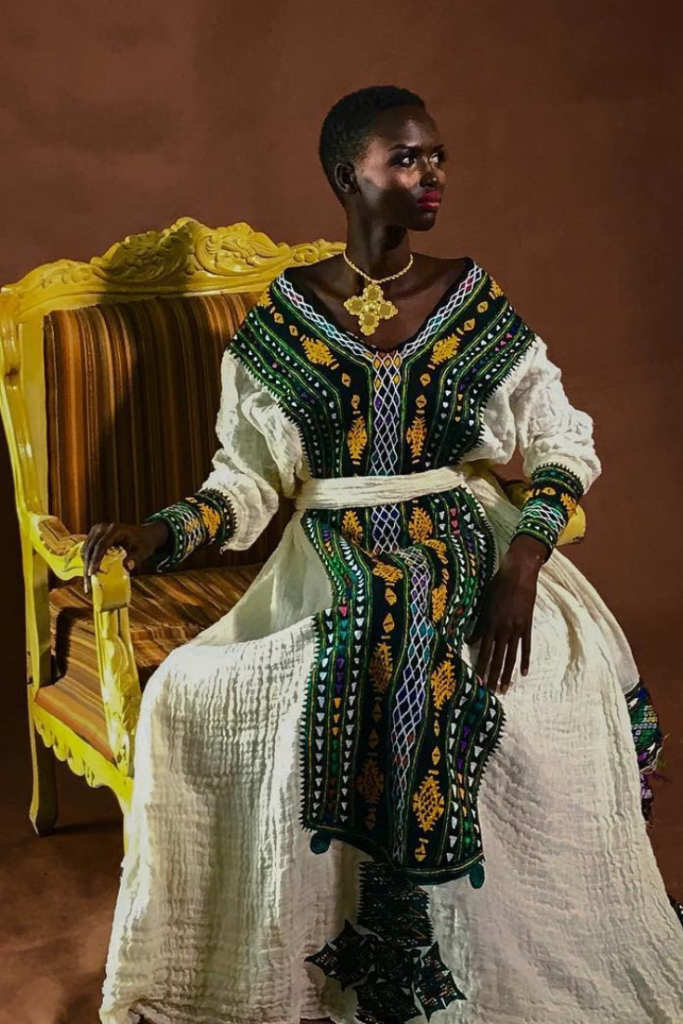
Many might be wondering about the treasures we would be unearthing, perhaps it is the resplendent Kente cloth of Ghana, with its intricate patterns and vibrant colours, telling stories of tribal unity and royal lineage, or maybe it is the delicate beadwork of the Massai people, shining with the stories of warriors and ceremonies.
Delving deeper into the annals of time helps us to understand the profound influence these fashion trends had on the broader narrative of human expression. They serve as a testament to the creativity, innovation, and unyielding spirit of African cultures that have been overlooked in mainstream fashion narratives.
Join us on this voyage of fashion archaeology as we journey into the heart of forgotten African trends. Together, let’s explore the magnificence and, at the same time, celebrate the glorious heritage that lies within, breathing life into the threads of history.
1. KENTE CLOTH – WEAVING TALES OF GHANAIAN ROYALTY
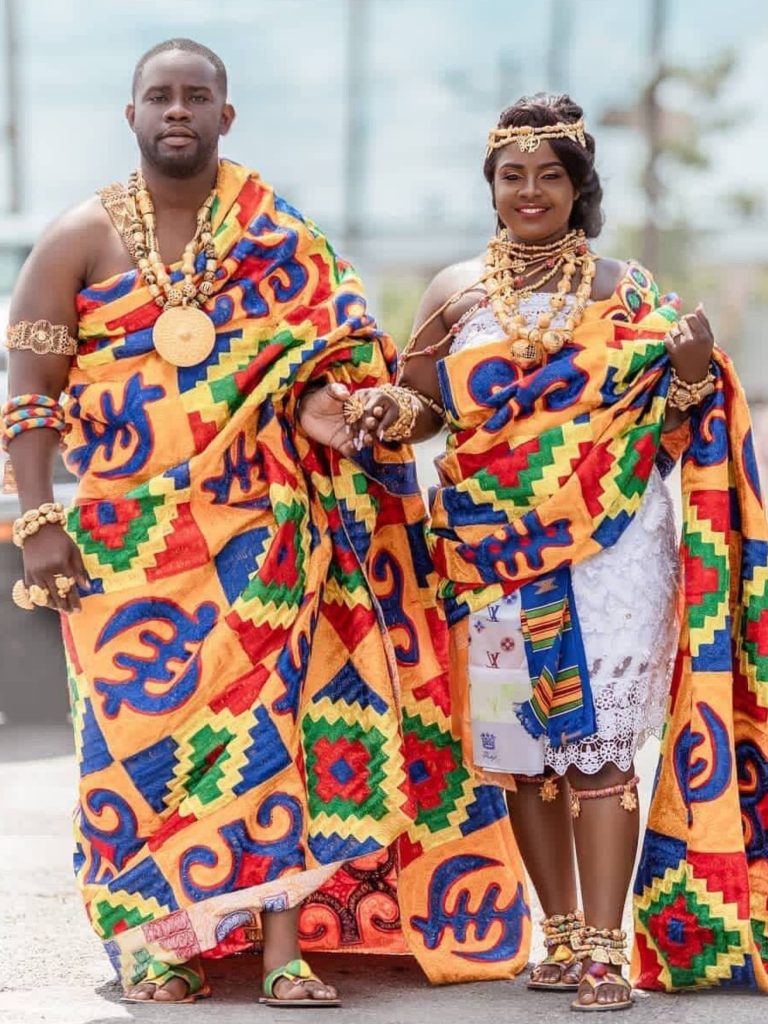
Kente cloth originated from the Ashanti kingdom of Ghana, and it is a testament to the artistry and craftsmanship of West African Weavers. Each pattern and colour of the cloth has a significant meaning, reflecting the heritage and values of Ghanaian society. By rediscovering Kente cloth and incorporating it into modern design, we pay homage to the royal traditions of Ghana and, at the same time, showcase the magnificence of this iconic fabric.
2 . MASSAI BEADWORK- ADORNING EAST AFRICA TRADITION
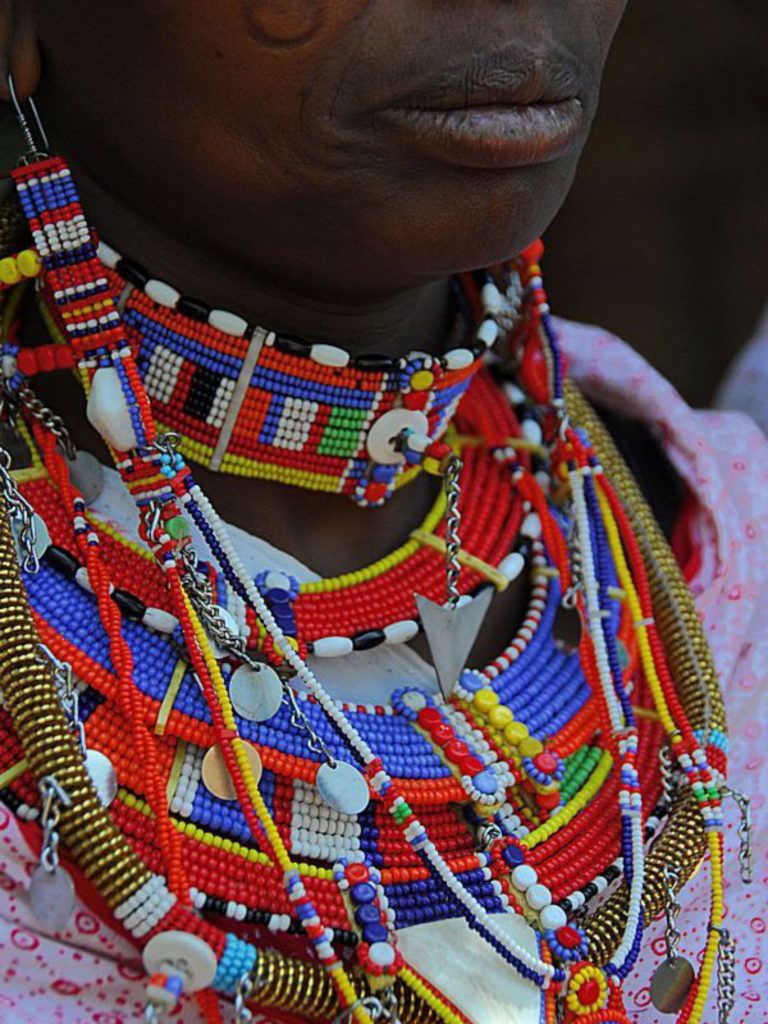
The Massai people of East Africa are known and respected for their vibrant beadwork, which holds deep cultural significance. From intricate necklaces to colourful bracelets, Massai beadwork represents identity, status, and storytelling. By exploring the beauty of Massai beadwork, most importantly, incorporating them into our contemporary fashion, we honour the artistry of the Massai people and infuse our style with the vibrant spirit of East Africa.
3. HABESHA KEMIS
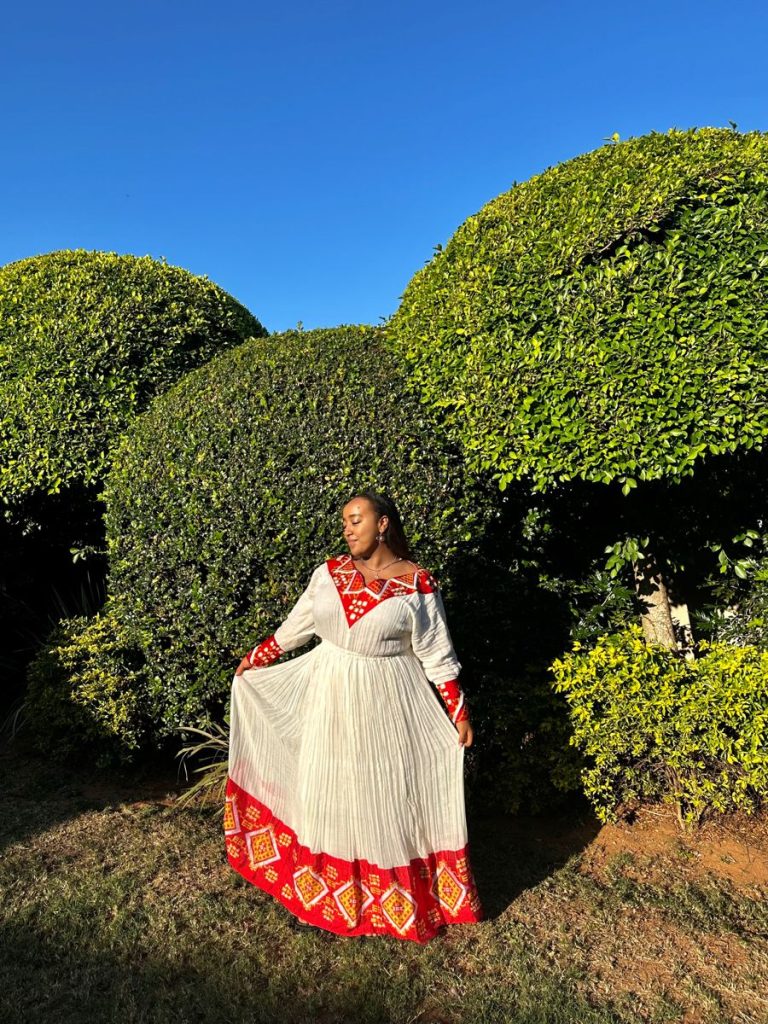
The Habesha Kemis is a traditional Ethiopian dress that represents elegance and grace. Habesha Kemis flowing silhouette and vibrant colours reflect the rich cultural heritage of Ethiopia. We pay homage to Ethiopian traditions and, at the same time, add a touch of cultural flair to our fashion repertoire by rediscovering the Habesha Kemis and incorporating them into contemporary fashion.
4. DASHIKI
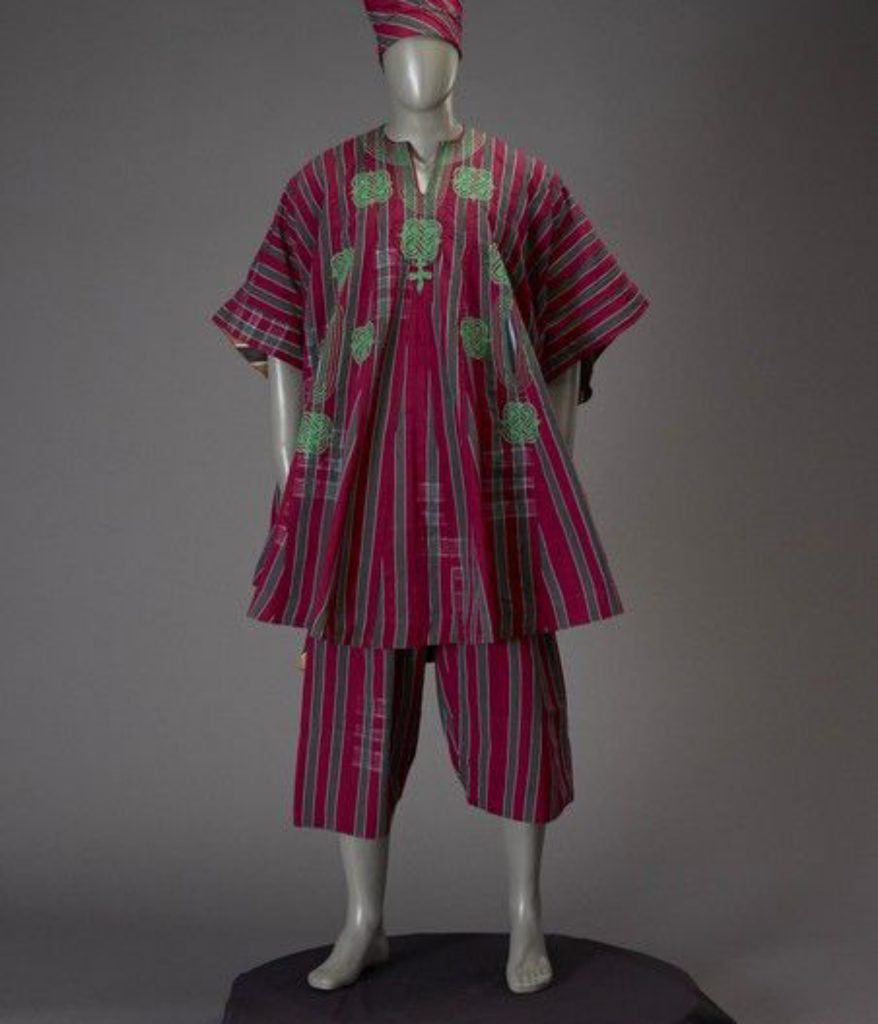
Originating from West Africa, dashiki is a loosefitting tunic worn by both men and women. It includes vibrant colours, bold patterns, and intricate embroidery, celebrating African heritage and identity. Dashiki has gained popularity worldwide, serving as a symbol of African pride and cultural expression.
5. KANGA
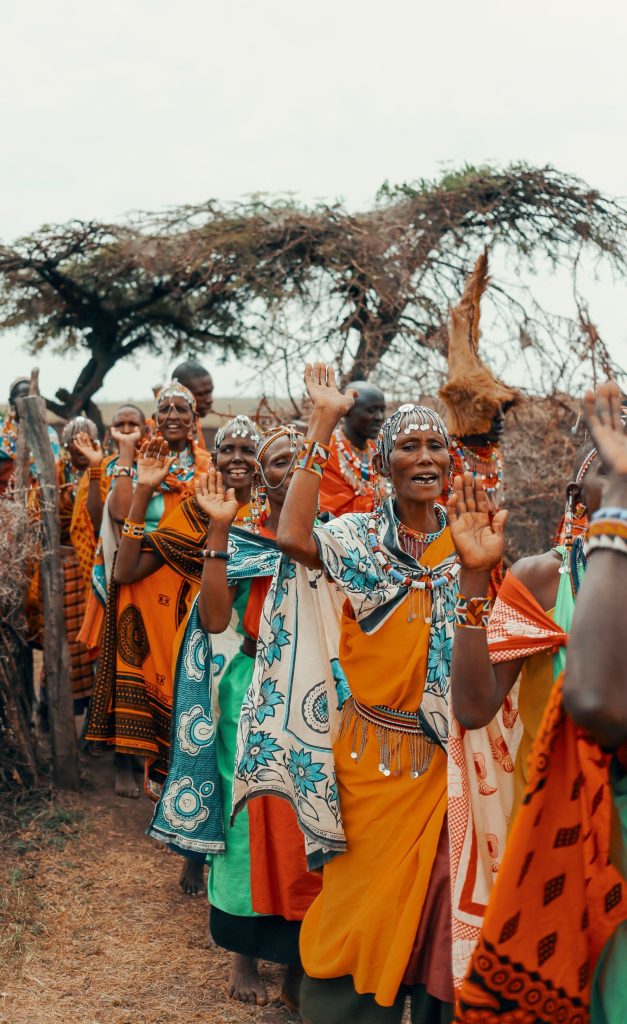
Kanga is mainly found in East Africa, particularly in Kenya and Tanzania. Kanga is a colourful rectangular cloth worn by women. The material has different features, including motifs and Swahili proverbs printed on the fabrics. Kangas are versatile garments worn as wraps, headscarves, or even baby carriers, and they are deeply rooted in the region’s history and identity.
6. BOGOLANFINI
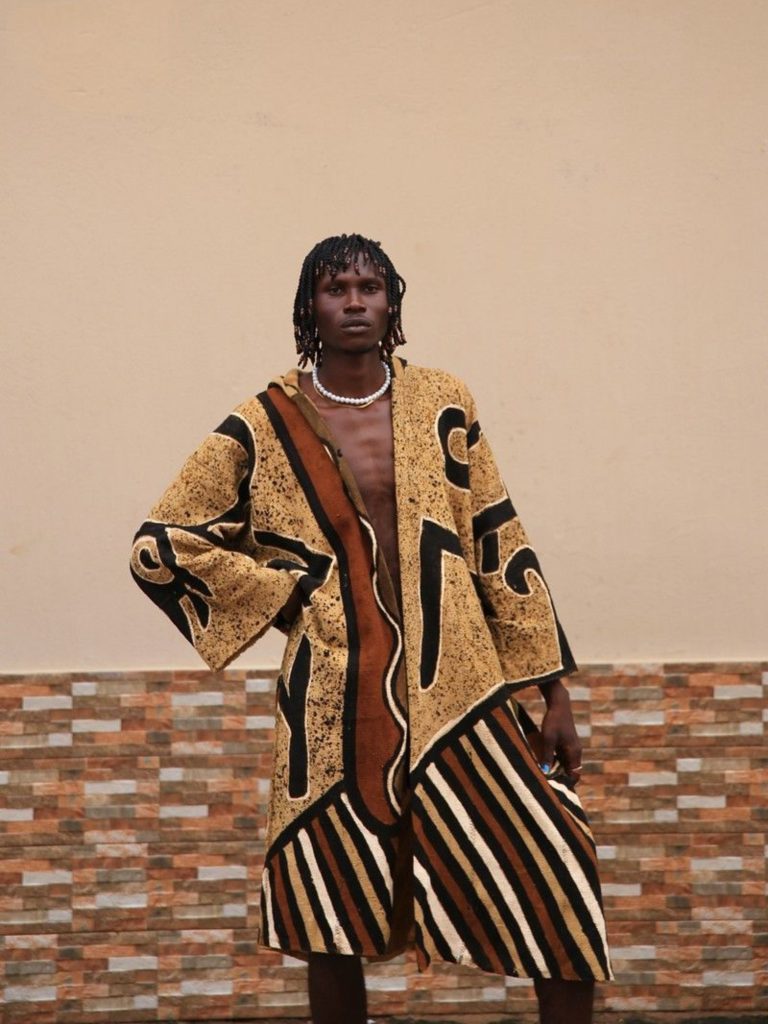
Bogolanfini, also known as Mud Cloth, originates from Mali and is a unique textile art form. Artisans use fermented mud and plantbased dues to create intricate patterns on handwoven cotton fabric. Bogolanfini holds cultural significance in Malian society, often representing tribal symbols, proverbs, and social status.
7. COWRIE SHELL JEWELRY
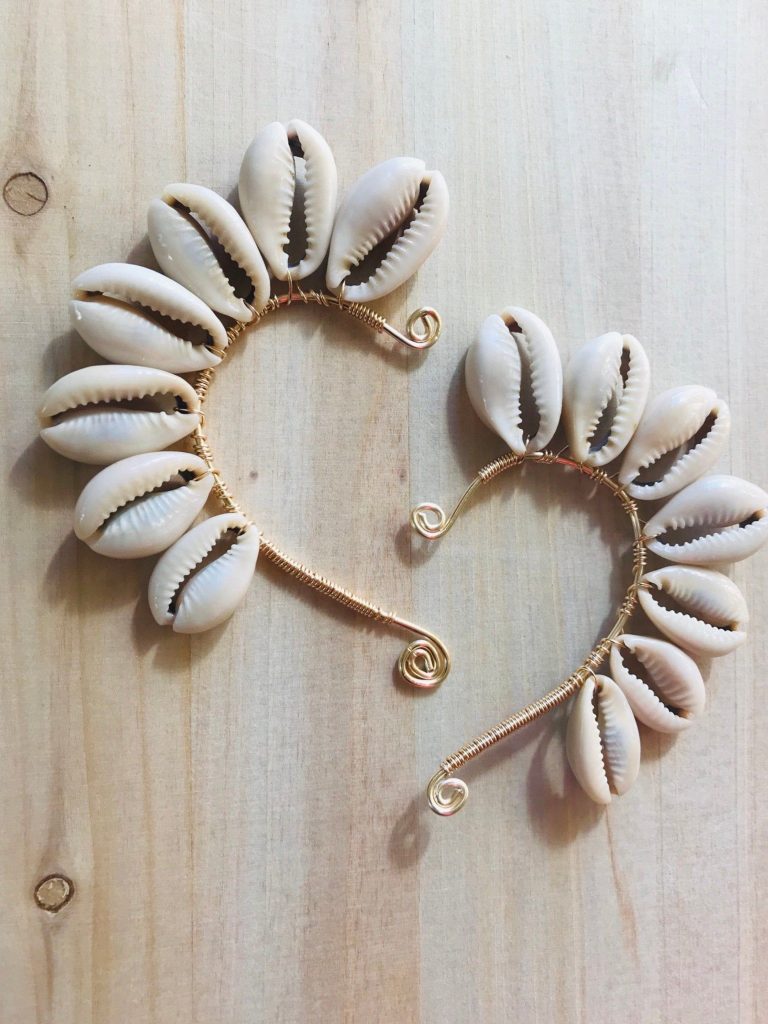
Across several African societies, cowrie shells hold deep cultural significance. These small, glossy shells were used as currency, but after some time, they found their way into fashion as jewellery. Cowrie shell necklaces, bracelets, and anklets are used by both men and women, adding a touch of natural beauty to their attire.
8. DJELLABA
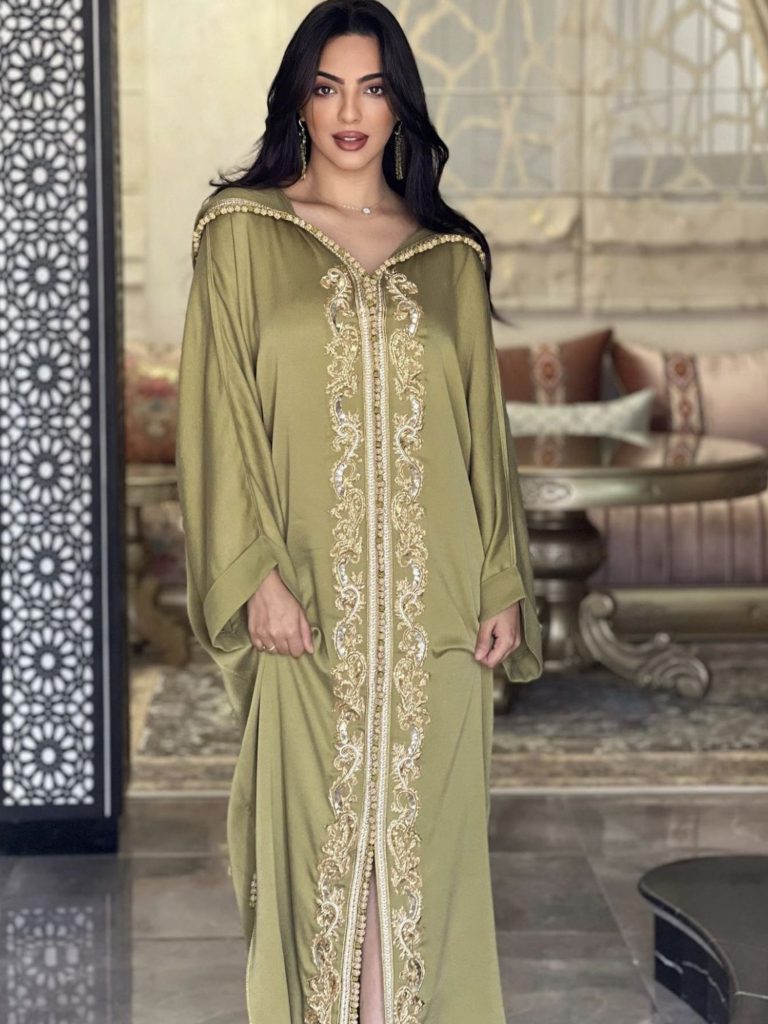
Evolving from the charm of ancient Moroccan cities, the Djellaba is a flowing hooded robe worn by both men and women. It is a traditional attire that combines comfort, style, and timeless elegance. Djellaba is made from luxurious fabrics like silk and wool.
9. KABA AND SLIT
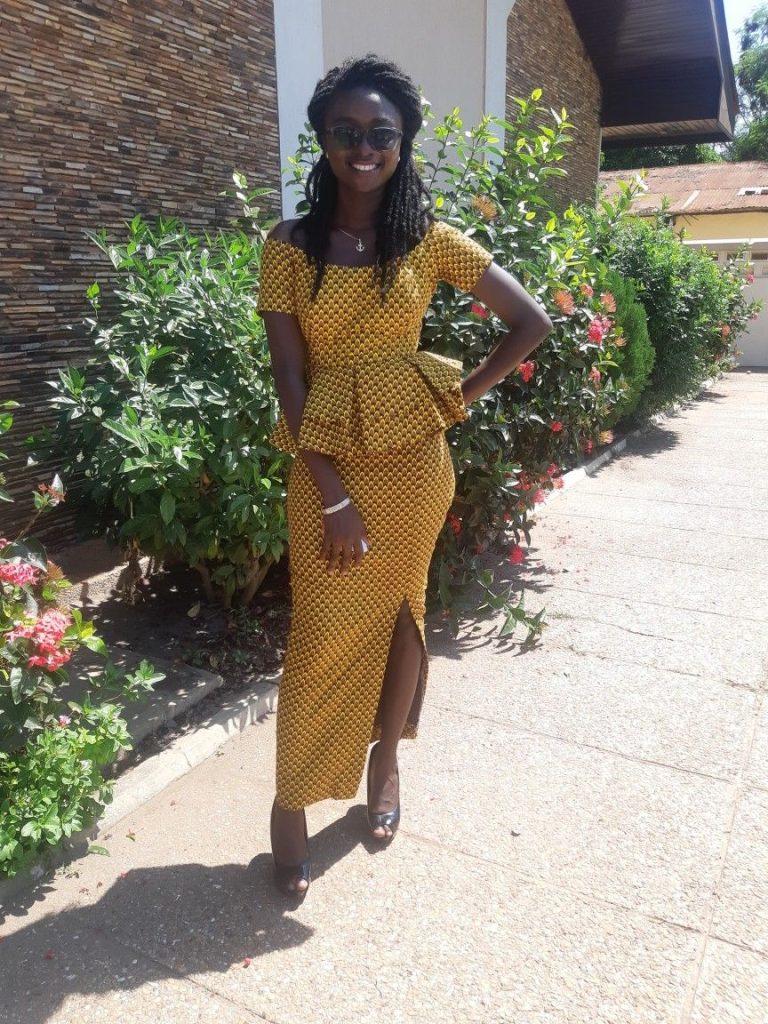
Originating from Cameroon, Kaba and Slit is a traditional outfit worn by women. It comprises a loose-fitting blouse (Kaba) paired with a long slit skirt, often made from brightly coloured fabrics with captivating patterns.

Dorcas Akintoye is a versatile writer with a passion for beauty, fashion, relationships, and culinary delight. With a keen eye for detail and a passion for storytelling, she adds a touch of elegance to every topic she explores. She is a writer at THEWILL DOWNTOWN.




